
* Breast cancer strikes more women in the world than any other type of cancer except skin cancer.
* In the U.S., a woman’s lifetime risk of breast cancer increased steadily and dramatically during the 20th century.
* Today, a woman’s lifetime risk of breast cancer is one in eight.
* The increasing incidence of breast cancer over the decades following World War II paralleled the proliferation of synthetic chemicals.
* An estimated 80,000 synthetic chemicals are used today in the U.S.; another 1,000 or more are added each year. Complete toxicological screening data are available for just 7 percent of these chemicals.
* Many of these chemicals persist in the environment, accumulate in body fat, and may remain in breast tissue for decades. Many have never been tested for their effects on human health.
Thanks to reduced use of hormone therapy, breast cancer rates for women over 50 may be declining. Nevertheless, 216 chemicals and radiation sources have been linked to breast cancer and all women remain susceptible. Of particular concern are the agents known as endocrine disruptors. These are chemicals that mimic our natural endocrine system and ultimately disrupt the work it does to regulate growth, reproduction and other human health conditions.
Protect Yourself from Breast Cancer
Dr. Gray says that one important way consumers can protect themselves is to avoid products that contain endocrine disruptors like phthalates, parabens, growth hormones in meat and dairy products, and bisphenol A.
* Choose phthalate-free perfumes, soaps, shampoos, lotions and even nail polish.
* Avoid parabens. Parabens, a preservative, are being replaced by ascorbic acid.
* Eat organic food and dairy products. Cows that graze on organic feed and in free-range conditions will be free of artificial hormones.
* Skip plastic water bottles. Consumers can avoid bisphenol A by choosing stainless steel water bottles rather than hard plastic, and glass over plastic or metal cans for the food they buy.
These “big green purse” options will not only protect women individually. The way women spend their money sends a direct message to manufacturers. Saying “no” to breast cancer by choosing the safest products and services will pressure companies to say “no” to these same chemicals before they’re even added to the product.
Download a complete copy of the report here.
RELATED POSTS
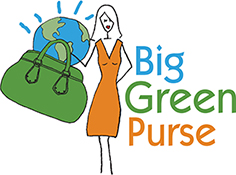


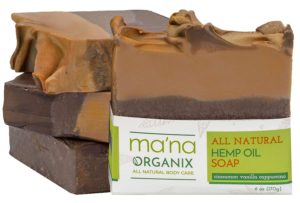
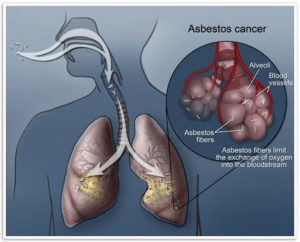
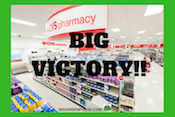

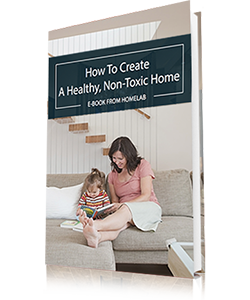


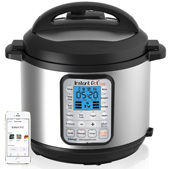







1 thought on “Put Breast Cancer on Your Big Green Purse Agenda”
That’s exactly right, Julie! And given the link between those chemicals and breast cancer, it pays to avoid them whenever we can. Thanks for writing.
Comments are closed.